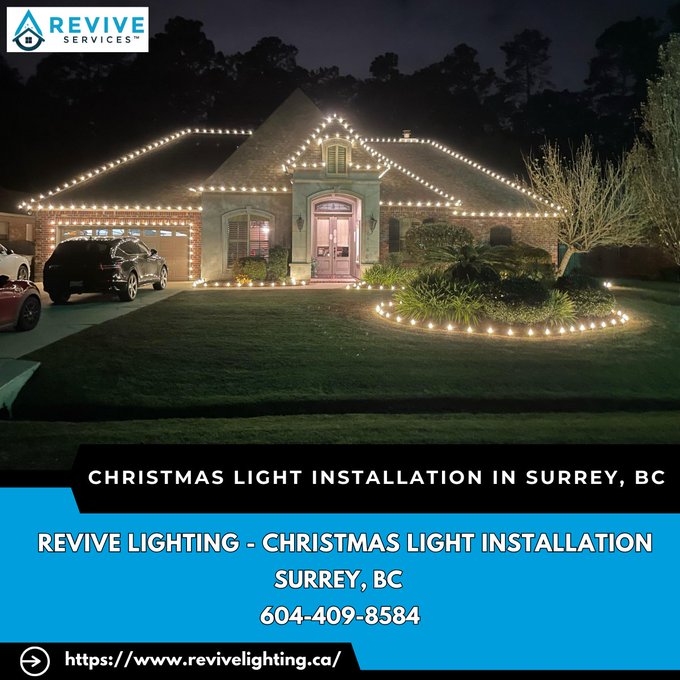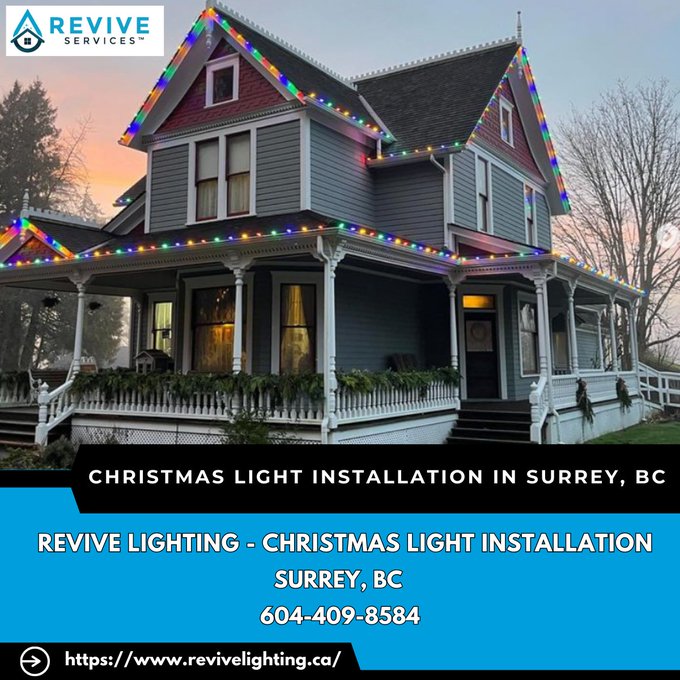Introduction
The holiday season is a magical time of year, and for many, it’s not complete without the twinkling glow of Christmas lights. Whether you’re decorating your home, tree, or yard, understanding how to maximize your setup is essential. A common question arises: Maximizing Your Setup: How Many Christmas Lights Can Fit on One Cord? In this comprehensive guide, we will delve deeply into this topic while also exploring various aspects of Residential Christmas Light Installation Christmas light installation, including costs, types of lights, safety considerations, and professional services.
Why Christmas Lights Matter
Christmas lights bring joy and warmth during the cold winter months. They can transform any space into a festive wonderland. But with so many choices available—LEDs versus incandescent bulbs, different colors and styles—it can be daunting to figure out the best strategy for decorating. Understanding how to maximize your setup ensures that your home looks its best without overwhelming electrical systems or breaking the bank.
Understanding Electrical Basics
What Is Wattage?
Before we dive into how many lights you can string together on one cord, let's clarify what wattage means in the context of Christmas lights. Wattage refers to the amount of electricity consumed by a device over time. Each light bulb has a specific wattage rating that contributes to the total load on your electrical circuit.
The Importance of Amperage
Next up is amperage, which measures the flow of electric current. Most households are equipped with circuits rated at 15 or 20 amps. Exceeding these limits can lead to tripped breakers or even fire hazards.
" width="560" height="315" frameborder="0" allowfullscreen>
Voltage Ratings
Most Christmas lights operate on standard household voltage (120V in North America). It's essential to know this because it affects how many strings you can safely connect.
How Many Christmas Lights Can You String Together?
Calculating Based on Wattage
One key factor in determining how many Christmas lights you can string together revolves around wattage:
Incandescent Bulbs: Typically use about 0.5 - 1 watt per bulb. LED Bulbs: Consume significantly less energy—usually around 0.06 - 0.12 watts per bulb.Example Calculation
If you have a string of 100 incandescent bulbs rated at 0.5 watts each:
- Total wattage = 100 bulbs x 0.5 watts = 50 watts
Conversely, if using LEDs:
- Total wattage = 100 bulbs x 0.1 watts = 10 watts
Maximum Load Considerations
As a rule of thumb:
- For a standard outlet (15 amps), the maximum load should not exceed 1800 watts. For a heavy-load circuit (20 amps), stay under 2400 watts.
Using our previous examples:
- Incandescent: You could safely run about 36 strings (assuming each string has 100 bulbs). LED: You could run about 180 strings!
Safety First: Electrical Code Compliance
Are There Specific Codes for Holiday Lighting?
Yes! Always refer to local electrical codes regarding outdoor lighting setups.
" width="560" height="315" frameborder="0" allowfullscreen>
General Guidelines Include:
- Use outdoor-rated extension cords. Ensure connections are weatherproofed.
The National Electrical Code (NEC) provides guidelines that are crucial for safe installations.
How Much Does It Cost to Light a House for Christmas?
Lighting up your house doesn’t come cheap; however, it's often worth it for the festive spirit it brings:
| Cost Factor | Estimated Price | |------------------------------|--------------------| | String Lights | $10 - $30 each | | Installation Charges | $200 - $500+ | | Electricity Costs | Varies by usage |
When considering installation fees from professionals, remember that prices fluctuate based on factors such as location and complexity.
Professional Installation vs DIY
What Are My Options?
When deciding between hiring someone or doing it yourself, consider both pros and cons:
Professional Installers:
- Pros: Expertise and safety; no need for ladders. Cons: Higher cost.
DIY Approach:
- Pros: More control over design; potentially lower cost. Cons: Requires skills and time; safety risks involved.
Do You Tip People Who Put Up Christmas Lights?
Yes! Tipping is customary but not mandatory—generally around 10% – 20% based on satisfaction with the service provided.
Popular Types of Christmas Lights
What Are The Best Christmas Lights To Put On Your House?
Choosing ideal lights involves balancing aesthetics with functionality:
LED Lights: Energy-efficient and long-lasting. Incandescent Strands: Traditional feel but consume more energy. Net Lights: Ideal for bushes and ground cover. Icicle Lights: Great for eavestroughs or roofs.Each type serves different decorative purposes!
Understanding Different Light Types
What’s The Difference Between C9 And C7 Christmas Lights?
Both C7 and C9 refer to bulb sizes used in holiday lighting:
C7 bulbs are smaller (about 1 inch tall) and work well for outlining rooftops or trees. C9 bulbs are larger (about 1½ inches tall) and provide brighter illumination—ideal for larger areas.Are Professional Christmas Lights Worth It?
Absolutely! If you're looking for high-quality installation without the hassle of DIY work—or if you're unsure about safety—the investment pays off in peace of mind as well as aesthetics!
FAQs About Holiday Lighting
How much do people charge to take down Christmas lights?
Typically ranges from $100 to $400 depending on complexity and height.
Is hanging Christmas lights a good business?
Yes! With growing demand during holidays, starting this seasonal business can prove lucrative if marketed well.
How much electricity is wasted on Christmas lights?
On average, incandescent strands waste more energy than LEDs—up to five times more!
Should I keep old Christmas lights?
If they’re still functional, keeping them might save money next season—but check for frays or damage first!
When should I install my Christmas lights?
Early December is recommended; this allows ample time before peak holiday celebrations.
What color should I choose for my house decorations?
This largely depends on personal preference! Classic white creates elegance while colorful combinations evoke festive cheer!
Conclusion
In summary, understanding how many strings of lights you can safely connect is just one aspect of creating a magical holiday ambiance in your home—important factors like cost considerations, professional assistance options, proper installation techniques, and energy efficiency all play significant roles in achieving your perfect setup! So whether you're an enthusiastic DIYer or prefer leaving it to professionals—you now have valuable insights into maximizing your holiday lighting display while ensuring safety remains paramount!
By exploring questions like “How many Revive Lighting phone number Christmas lights can fit on one cord?”, you're well-equipped to make informed decisions that will light up not only your home but also hearts this holiday season!

